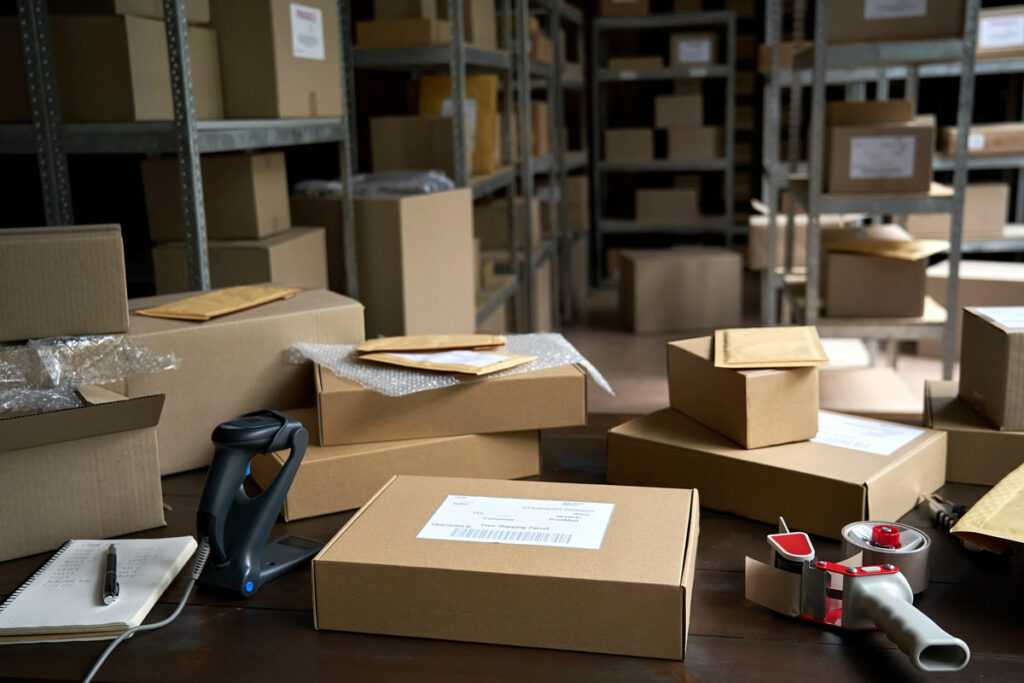
What Is Data Analytics?
Data analytics is defined as the process of analysing raw data in order to reach conclusions based on that information (Investopedia). Nowadays, it’s often automated using technology and algorithms to easily reach conclusions for us to peruse.
It may surprise you to know how much data your Point-of-Sale (POS) system can collect about inventory status, sales trends and customer information among others. Who are your customers, what do they buy, what are their preferences and shopping habits, how much inventory do you have, how much inventory will you need? You get to know that and so much more with POS analytics.
Retailers often use a POS system to just record sales transactions. However, with data analytics having made leaps and bounds in advancements, a POS system is no longer just a cash register. There is so much more to it! To fully utilise the tools you have laying in front of you, explore these POS data analytics tools that’ll help you drive your business, sales and revenue along with improved business planning.
POS Data Analytics Tools
1. Sales Forecasting

Source: Shutterstock – Data Analytics
When planning your inventory purchases, manpower and potential promotions, having an idea of what you will need for the upcoming period is crucial. Hence, a Sales Forecasting feature on your POS system may aid you in business planning. This POS analysis tool forecasts sales performance for the next seven (7) days based on previous weeks’ sales data.
Using this feature, you can:
- Plan manpower schedules and inventory purchases. What products will you need for the next week?
- Plan product categories ahead of time to increase sales.
- Plan potential promotions or up-selling opportunities. What other products may customers want to buy with their purchases?
Ensure that popular products don’t run out of stock. This is one of the biggest mistakes retailers make. Are you making the same mistakes?
2. Smart Stock Re-Order

Source: Envato Elements – Data Analytics
The Smart Stock Re-Order data analytics tool uses sales history to forecast stock quantities that need to be ordered. With this tool, you can also:
- Retrace sales history and trends.
- Forecast necessary product quantities. This is based on lead time, estimated sales trends and the current quantity on-hand.
- Generate purchase orders. These will be generated and sent to your respective suppliers via registered email.
When combined with relevant inventory management reports, business operations will run smoother due to better inventory control. Moreover, setting reorder points and maximum stocks allows for more control over your inventory management; in this case, when your stock levels drop below the reorder point, the POS system will send replenishment alerts or automatically generate purchase orders for your suppliers. This way, there is a buffer between your current stock levels and any out-of-stock situations to prevent any potential loss in revenue.
3. Out-of-Stock Data Analytics

Source: Envato Elements – Data Analytics
Data analytics can help to mitigate any foreseeable issues you may face in stocking, inventory and sales. Not only can your POS system reorder your key inventory products when they run low, but it can also provide insights into how long products have been out-of-stock relative to your operating hours. How much revenue do you lose out on because your products are out of stock and unavailable? You can now view this data through POS analytics to better understand your profit and loss information.
Furthermore, using the Out-of-Stock Analytics feature and its insights in conjunction with the Sales Forecasting tool, you can better manage your inventory stock and drive sales and revenue.
How else can you prevent stockouts? Learn more here.
4. Market Basket Data Analytics

Source: Envato Elements – Data Analytics
This lesser-known tool is often forgotten about, but can, in fact, be one of the most useful data analysis features on your POS system. The Market Basket Analytics tool provides accurate insights into the common product combination patterns based on previous customers’ sales data.
So how can you optimise your business strategy using this POS data analytics tool?
- Plan promotions that work. When you know which products are frequently bought together, it’s easier to plan successful promotions or marketing campaigns.
- Enhance visual merchandising. Visual merchandising uses the floor plan, lighting, colours and displays among other elements to attract attention. Use your available space and the insights gathered about customers’ purchasing behaviour to better plan your store.
- Improve item locations. With this tool, you can strategically place frequently bought together items closer so they are better seen by customers.
Hence, using the information and some business planning, you increase sales and as a result, revenue.
Why Should You Use POS Data Analytics?
Now that you know what your POS system can do in terms of data analysis and how to use these features, why should you? What actual benefits do they give?
There are three main benefits: security, delivering relevant products, and business planning. Read on about The Vast Benefits Of Data Analytics for more insightful information.
Conclusion
Given that data analytics is so powerful, it’s a wonder that more people don’t take advantage of it. Since the world has become more reliant on information, having access to useful data analytical tools is critical for transforming your raw data into manageable insights. Moreover, with the increasing complexity of data, POS systems have also simplified the data into readable charts and conclusions for easy consumption.
Interested in learning more about POS analytics that can help you successfully grow a profitable business? You can also check out our guide on 5 Key Inventory Reports To Boost Business Growth.
• Written by Adrija Chakravarti
Interested to see what EPOS POS system can do for your business? Fill in your contact details and we’ll reach out to you to schedule a demo.




